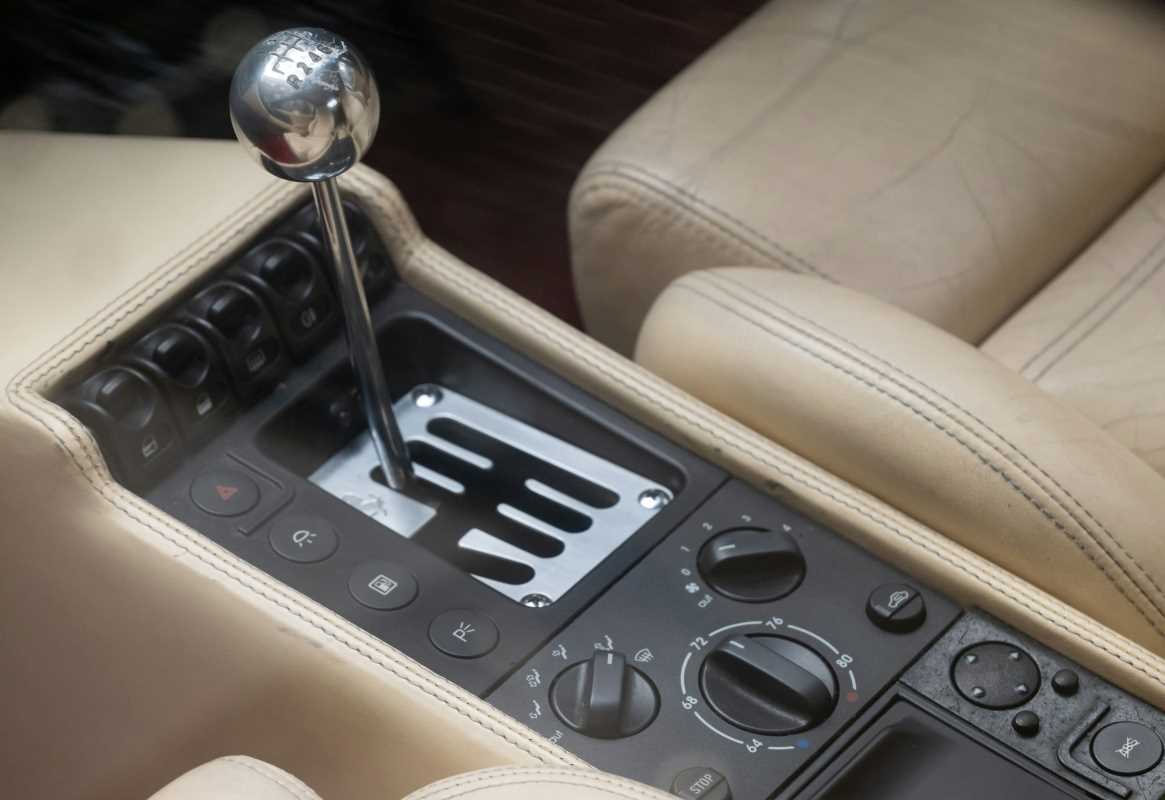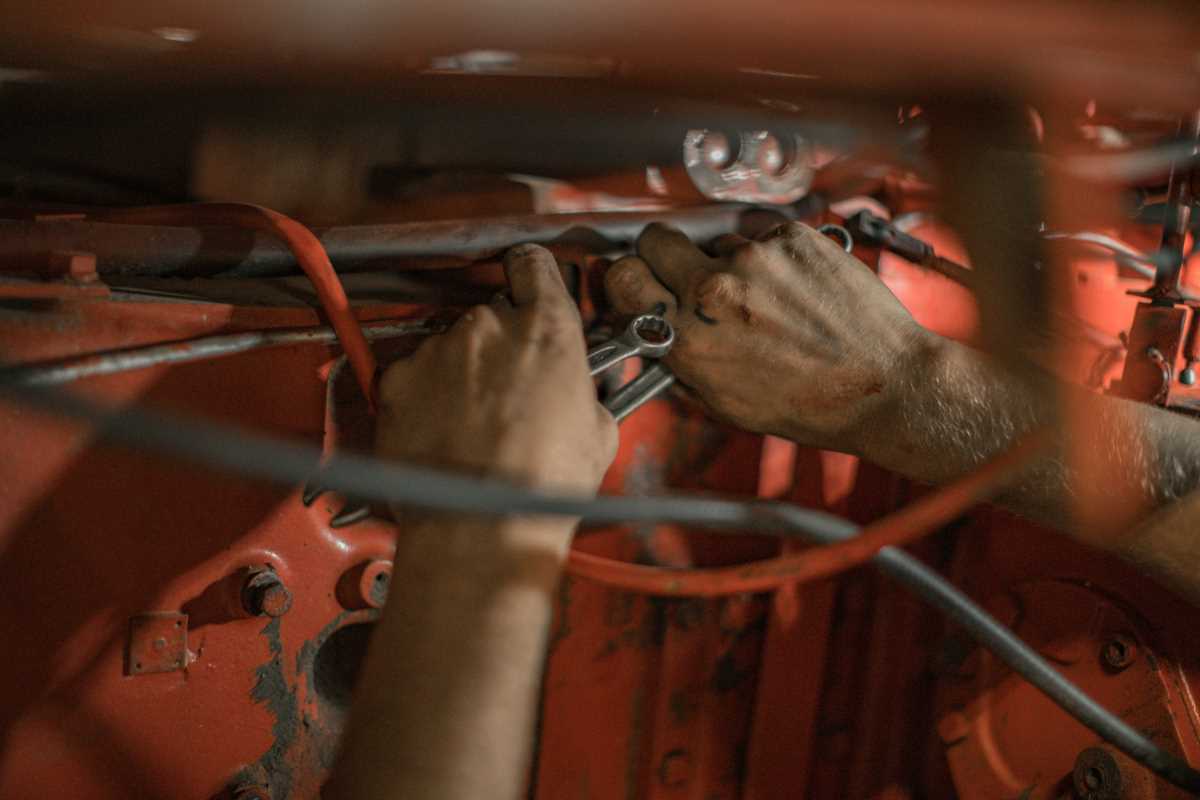Your car’s engine oil is like its morning cup of coffee. It keeps everything running smoothly, prevents metal-on-metal chaos, and ensures the engine is awake and alert for the demands of the road. But just like any good coffee, oil doesn’t last forever.
Over time, it breaks down, gets dirty, and loses its ability to properly protect your engine. That’s why timing your oil changes is so critical. Now the question is, how do you know when it’s time? Here are five signs your car might be longing for a fresh dose of lubricant love.
Listening to Unusual Engine Noises
A well-oiled engine purrs like a contented cat. But if your car starts to sound more like it’s growling, clunking, or straight-up roaring, it might be trying to tell you something. Old, degraded oil loses its ability to lubricate the engine’s moving parts effectively, leading to friction and noise. Those knocking or rumbling sounds often signal that the oil is struggling to do its job.
Ignoring these noises is like tuning out your stomach growling when you’ve skipped lunch. Not a good idea. Over time, lack of lubrication can cause wear and tear on your engine, turning a minor oil change need into a much bigger repair bill. A simple visit to the mechanic or a quick DIY oil swap often quiets things down and keeps your engine humming happily.
Check Engine or Oil Change Light
Cars have come a long way since the days when you had to rely solely on gut instinct. That trusty dashboard warning light is your car’s way of saying it’s time to take action. If the oil change or maintenance light pops on, it’s not just throwing a casual suggestion your way. It’s telling you that you’ve either hit the mileage for your next oil change or that the oil quality has dropped below optimal levels.
The check engine light can also serve as an indirect cry for an oil change. While it’s a general warning for engine issues, a neglected oil change is often one of the culprits it points to. Either way, dashboard warnings should never be treated as decorative features. Treat them as a direct mobile text from your car, asking politely (but urgently) for attention.
Oil That Looks Dark and Gritty
Fresh engine oil is a lovely amber color and flows smoothly, like a fine olive oil. But after a few months or thousands of miles, it can transform into a dark, gritty mess. Dirt, debris, and combustion byproducts contaminate the oil over time, compromising its efficiency. Simply put, the dirtier your oil gets, the less effective it is at keeping your engine protected.
Checking your oil condition is easier than you think. Pop the hood, pull out the dipstick, and give it a quick wipe before reinserting it. When you pull it out again, take a good look. Is the oil dark or packed with particles? If so, your engine might already be begging for cleaner, fresher oil.
Decreasing Fuel Efficiency
If you’ve noticed that your weekly trips to the gas station have become more frequent, the culprit might not be in your driving habits but under your hood. Dirty or old engine oil creates unnecessary friction between engine parts, forcing it to work harder. And when your engine works harder, it burns more fuel, not ideal with gas prices the way they are.
An oil change lowers resistance, allowing your engine to operate efficiently and restoring some of that lost mileage. You’ll save money at the pump, and as a bonus, you’ll also reduce your car’s greenhouse gas emissions. Good for your wallet, good for the earth, and good for your peace of mind.
Smelling Burnt Oil
Imagine driving down the road when you suddenly catch a whiff of something burning. No, it’s not your favorite taco truck setting up nearby; it could be your engine oil! Burnt oil smells are often a sign of a leak or overheated oil that’s reached critical levels. This happens when oil collects on hot engine components or when old oil fails to regulate heat properly.
Burnt oil isn’t just uncomfortable for your nose; it’s a red flag for your car’s health. Residue on engine components and overheating can cause extensive damage if left unchecked. The next time you catch that distinctive scent, it’s time to investigate the situation and schedule an oil change immediately.
How Long You Can Go Between Oil Changes
Beyond these obvious signs, regular oil changes are rooted in simple maintenance schedules. While the old rule of changing your oil every 3,000 miles is now outdated for many modern vehicles, sticking to your manufacturer’s recommendation is essential. Some cars can go 5,000, 7,500, or even 10,000 miles between changes, depending on the engine and the type of motor oil used.
High-mileage cars or those operating under severe driving conditions often require more frequent attention. If you often find yourself stuck in stop-and-go traffic, towing heavy loads, or making many short trips, treat your oil changes as a preventive measure. Skipping them only leads to more expensive consequences down the road.
Key Benefits of Regular Oil Changes
Why all the fuss about oil changes, you ask? This simple act of maintenance offers an impressive list of benefits that make it well worth your time and effort:
- Reduces engine wear and tear by keeping parts properly lubricated.
- Enhances fuel efficiency, saving you money at the pump.
- Prevents overheating by helping regulate engine temperature.
- Improves overall car performance for smoother, quieter rides.
- Extends engine life, increasing your vehicle’s longevity.
Oil changes may not be glamorous, but their impact on your car’s performance is undeniable. It’s the automotive equivalent of swapping out an old pair of sneakers for shiny new kicks.
Knowing When to Seek Professional Help
While many car enthusiasts enjoy the simplicity of DIY oil changes, some people prefer to leave it to the pros. Either choice is great, as long as the job gets done. If you’re unsure about the right type of oil to use or don’t feel confident getting your hands too oily, a quick visit to your local mechanic can take the guesswork out of the process.
Most mechanics not only change your oil but also perform a quick check for other potential issues, such as leaks, worn belts, or low fluid levels. Treat it as one-stop shopping for your car’s health. After all, a professional who knows their way around your vehicle can offer peace of mind and quality assurance.
Prioritize Your Engine’s Health
Catching the signs of an overdue oil change isn’t complicated, but it does take a little practice and attentiveness. Once you start noticing these signs regularly, you’ll almost become fluent in your car’s “language.”
Listening to your vehicle and acting proactively doesn’t just keep your car running beautifully; it also prevents expensive repairs, fuel waste, and performance dips.







